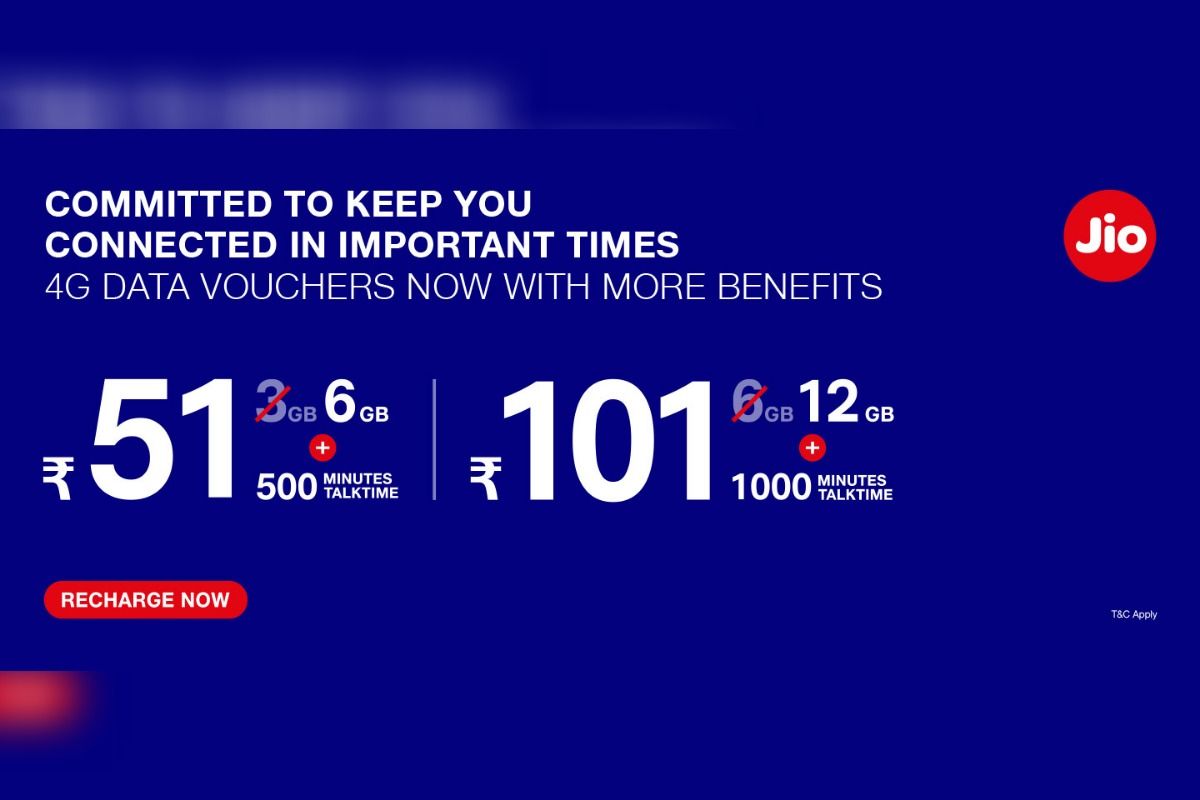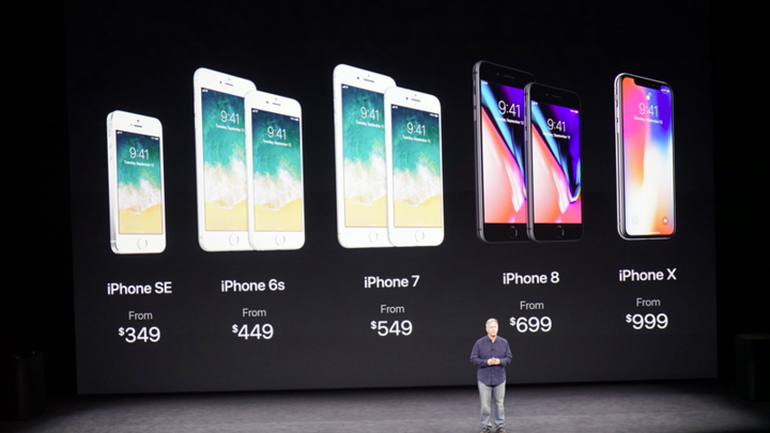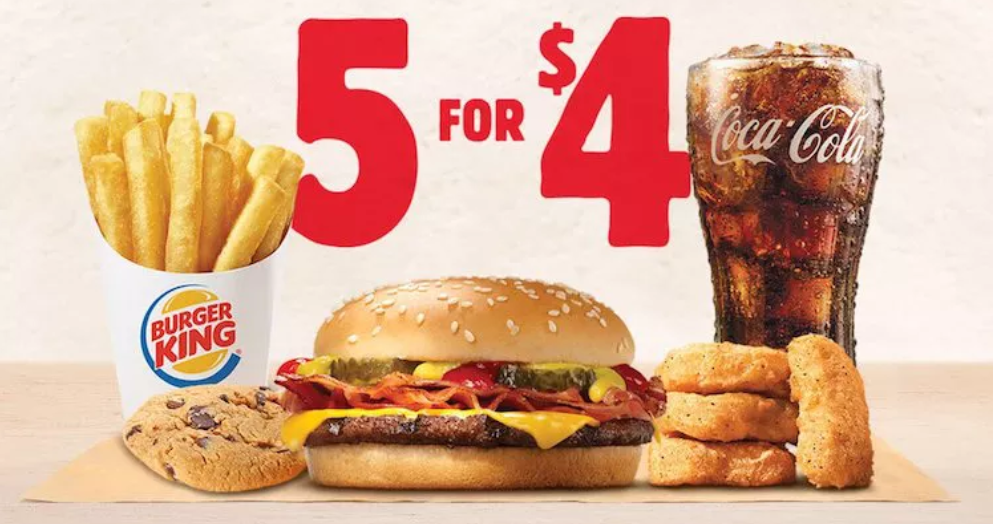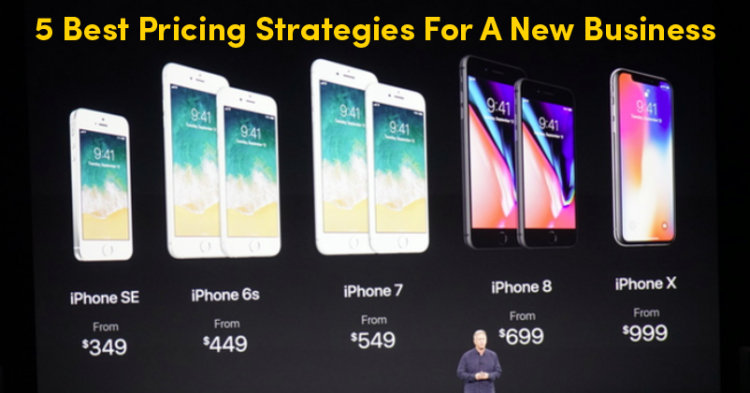When launching a new business in the market, the most important thing to do is to understand how to price your product/service correctly. You wouldn’t want to charge over which will lead to not having any market share or charge less than its worth which will incur you a substantial loss.
Today we bring you 05 pricing techniques which will help you understand how various brands have been pricing their products/services and what you can learn from them.
Penetration pricing
This is the most commonly used pricing strategy wherein a product or service is introduced in the market at a lower price to form a stronghold amongst its customers and is later on increased as its market share grows.
Television and internet data plan pricing can be termed as an example of penetration pricing as they are known to hike the price after attracting customers with introductory offers.

Price skimming
This type of pricing is exactly the opposite of penetration pricing. In this, a company introduces its product or service at a higher price and then gradually reduces it as its market share grows.
Electronic gadgets like mobile phones or laptops are a good example of this pricing technique.

Value-based Pricing
As the name signifies, value-based pricing is done when you are aware of the brand value you have amongst your loyal customers. In this, the business aims to make money by selling its product/service at a high price but with low production costs. However, the product/service should be worth the price.
For example, developing a software incurs lesser price than they are actually sold in the market for just because of its worth.

Competitive Pricing
Again the most commonly used pricing strategy, competitive pricing is done when there are two or more competitors of the same product or service in the market.
Beverage company’s like Pepsi & Coca-Cola are the most common competitors whose products have been priced similarly over the decades.

Bundle Pricing
In this, the company places several products or services together in a single package and sells for a lower price than they would be charged if the items were sold separately.
McDonald’s or Burger King selling combo meals can be used as an example to understand bundle pricing.

















